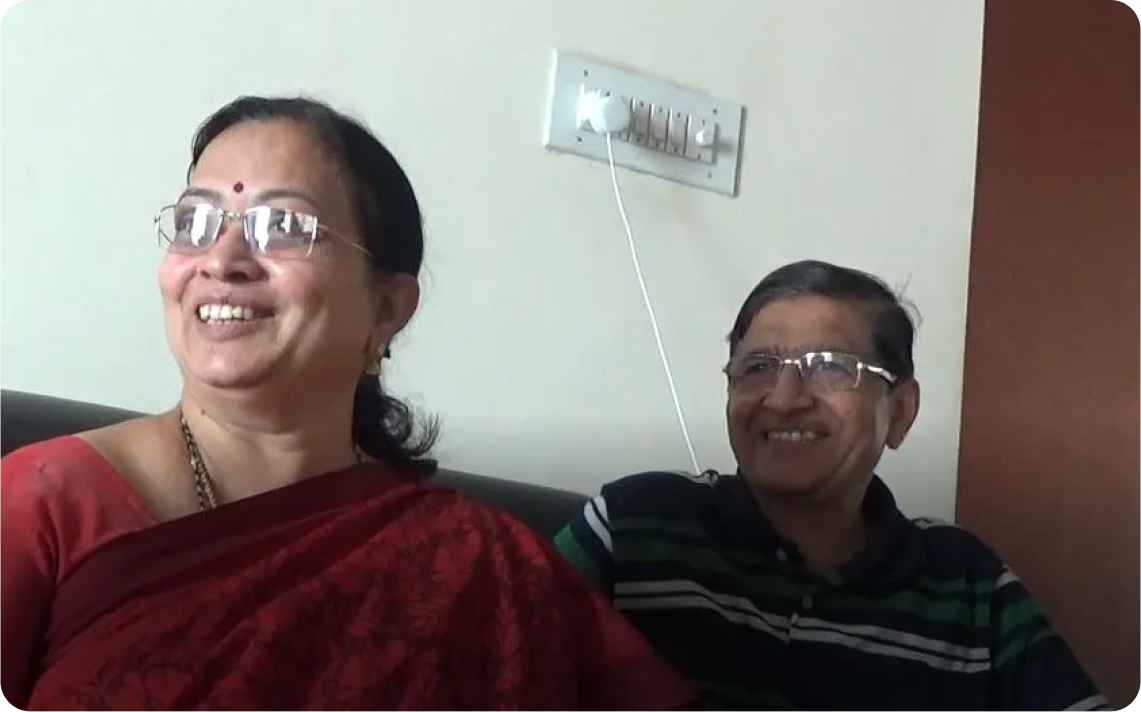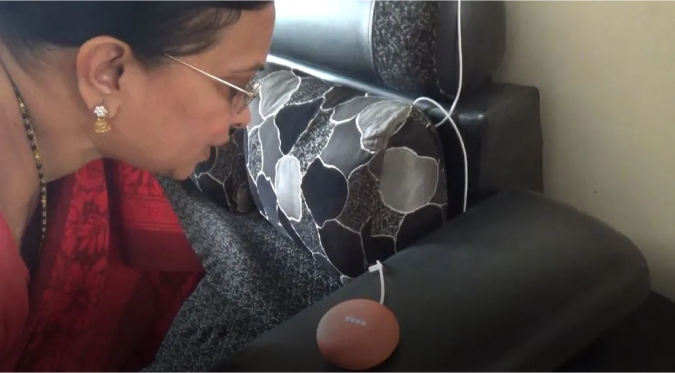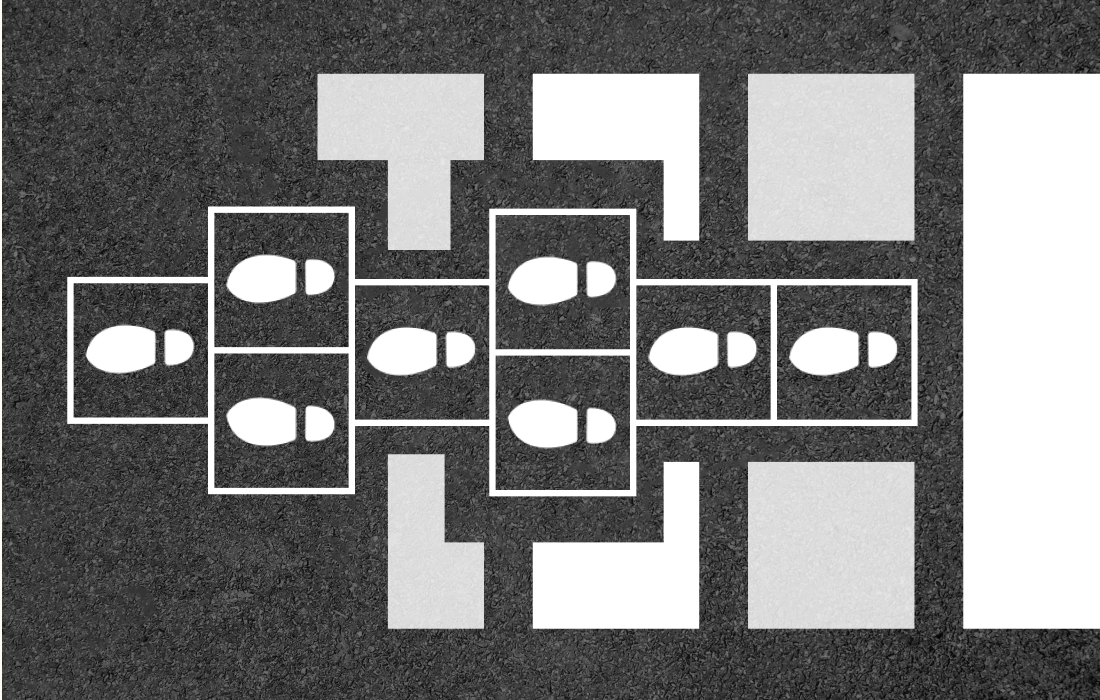Blogs
Senior Citizens: Conversing with Smart Assistants
Durga Prasad
Posted On May 29, 2023
Senior Citizens: Conversing with Smart Assistants
Welcoming smiles and a warm, cozy atmosphere; visiting the Shankaraiyya household felt like visiting your favorite uncle. After the success conclusion of their daughter’s engagement ceremony, there was a relaxed air around the house and the couple was quite eager to talk about their newly acquired gadget. The Google Home mini device was prominently displayed in the hall for our benefit and the conversation started to take shape around their decisions to buy the smart device.
Technology mediated connections
The couple had retired a few years back; their daily interaction with technology was minimal, mainly limited to using their smartphones and watching TV. They had a desktop PC which they used for sending e-mails or for Skype calls with their daughter.
Far from being technophobes they were quite impressed with apps like WhatsApp and Skype and how they helped in connecting people.
“WhatsApp was very helpful when I had to make decisions about which makeup to choose (for her daughter’s ceremony) and which photographer…I would send the pictures to her in the US and then we would (discuss &) decide.”
The need for an emotional connect drives their choice of technology whether it is with their daughter (Skype, Whatsapp), other friends & family (Whatsapp, Facebook) or their virtual man friday (Google Home).
Bringing home a (Welcome) Distraction
During the couple’s recent trip to the US, to visit their daughter, they had seen a similar device at a relative’s house and found it quite intriguing. They were fascinated by the idea that a speaker was capable of playing music upon request, answer questions and book a cab. Their curiosity lead to them asking their daughter to get them one on next trip to India.
“I thought that since there were only two of us in the house, it would be fun to have another voice to listen to. At least it would give a feeling that someone else is there. It is like a pet!”
Limited Knowledge of Functions
The setting up process was taken care of by their daughter and was completed quite seamlessly. In terms of use, their tryst with the smart device had just begun. Following their daughter’s instructions, the couple was using the device for those limited functions of playing music and videos via YouTube and Chromecast. Chromecast was also a recent purchase and was being used extensively for videos and music. They did not have any knowledge about additional functionalities of Google Home.
“I think it (Google home) does a lot. Our daughter knows…We still have to learn. It may also book taxis and send e-mails.”
Despite their limited knowledge about the utility of their smart speaker, Mrs.S was very enthusiastic about trying it out.
“Maybe it can switch off and switch on lights, fans, AC when we’re at home…I don’t know if it can be done. And when we’re not there maybe take care of security, maybe it can give a signal that someone is entering the house.”
Mrs. S further mentioned that she would like the device to take care of their banking transactions as well. She commented that it would be good to just use voice commands to transfer money from one account to another.
Overall Experience
Mrs. S was quite satisfied with the smart device as source of finding and listening to music.
“On the radio, you get 3 minutes of ads and just two minutes of the song. This (Google home) is nice as it lets me listen to old and new songs.”
While Mrs. S showed off Google Home as one of her cherished possessions, Mr. S wasn’t very impressed. Since the device had failed to respond to his voice once, he remarked that Google was friendlier towards his wife.
Mrs. S asking the device to play a YouTube video up-close.
Furthermore, both of them felt the need to be very close to the speaker in order to give any voice commands. This may have been a result of their extensive experience with talking into their phone speakers.
At present, the Google home device was not adding any too much value to their lives; it was just a novel technological trinket that ‘entertained’. But in terms of actual utility, it was too soon to tell.
English was not the primary spoken language and it took some effort to frame the right commands for the device. Failure to remember the right commands led to several attempts at getting the action right, which seemed annoying and a little disappointing.
In Conclusion
According to the 2011 census there are over 103 million seniors in the country. Out of these over 15% of them live by themselves in senior only households. Given their need to stay connected smart speakers have the potential to become an key part of their lives.
As compared to younger adults, when it comes to interacting with technology, most seniors are still learning. Recent research has also shown that in terms of Voice User Interfaces (VUI), factors affecting the perceptions of older adults are markedly different from those of the younger population. The need for familiarity and reliance on habits is much more important for seniors as these factors are much more deeply ingrained for them than the younger people (Ziman, R., 2017).
We need to take into account that they did not grow up with technology and may require more information and greater flexibility when adopting smart devices. This would not only reduce the chances of getting frustrated with the device; it may also help in forming a trusted relationship with the device( Scruggs, J. R., 2018).
References
Ziman, R. (2017). Factors Affecting Seniors’ Perceptions of Voice User Interfaces.
Scruggs, J. R. (2018). Bridging the Gap: How Voice User Interface Technology Breaks
Down Learnability Barriers of Human Computer Interaction for Older Adult Users.

An experienced CEO with a demonstrated history of creating a business in the design industry that delivers sustained growth, industry-leading profits through an unerring focus on customers & employees. With deep expertise in UX research across diverse sectors, he offer invaluable insights on customer-centricity and fostering success in business.




